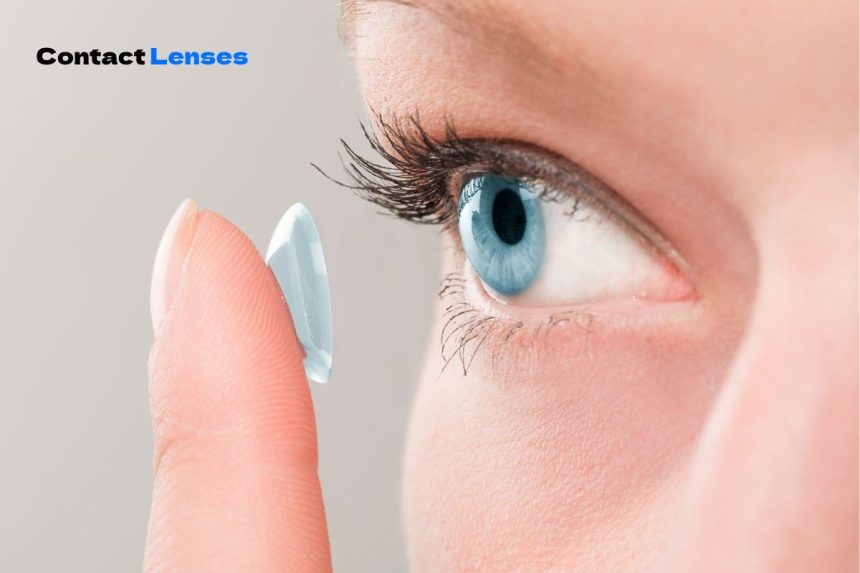Did you know that more than 38 million people use contacts in the US alone? This is because the AOA introduced contact lenses used by the AOA in 1945. Nowadays, you can find a wide variety of devices to meet the needs of different users. In fact, according to ContactLenses4us, contact lens technology is advancing so fast that by investing in the right pair of lenses, you can find a solution to almost any major vision problem. If you want to learn more on contact lenses, Check Contact lenses UK.
This guide to contact lenses focuses on the importance of clear vision and provides expert tips and recommendations for choosing the right type of lenses. It becoming increasingly popular, staying informed about the latest advancements is crucial. The guide covers various types of lenses, including daily disposables, monthly wear, and toric lenses.
Table of Contents
Disposable Soft Lenses
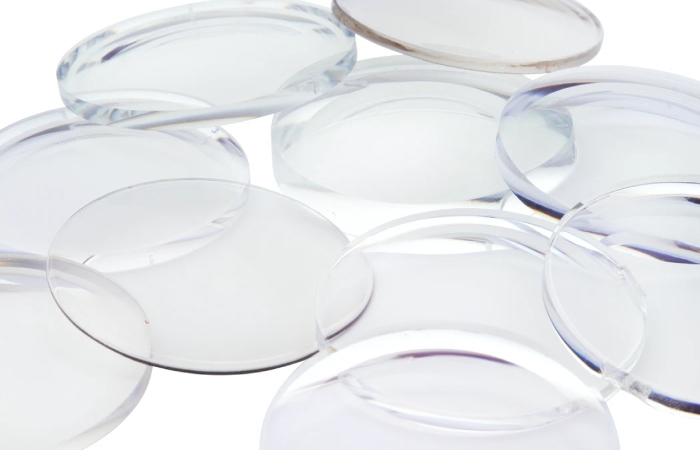
Attempts to develop hydrophilic contact lenses began as early as 1960. The first pair of disposable lenses became commercially available in the United States in 1971. Soft disposable lenses still very popular and used by thousands of people around the world. The best thing about them is that they usually cover the entire cornea and white part of the eye.
The soft, disposable contacts can be worn from one day to a month, depending on the material. Disposable lenses should discard after each use, while long-term disposable it should clean and disinfect with high-quality solutions after each removal.
Daily Wear
Contact lenses for daily wear can use for about 18 hours at a time. They are available in both reusable and disposable versions. However, you must discard them after using them several times.
Extended Wear
You should take off your casual before bed, but longer clothes can be worn effortlessly both at night and during the day. Some of the problems include inadequate oxygenation and mild discomfort, although this is natural if you have been wearing your lenses for long periods. Recent innovations in contact lens technology have introduced several customization options that prevent contamination and reduce discomfort.
While contact lenses made with this technology can be comfortable, they pose a variety of health risks. For example, a study by the American Academy of Ophthalmology found that people who wear baggy clothing are 10 times more likely to develop ulcerative keratitis than those who use other options.
Spherical Lenses
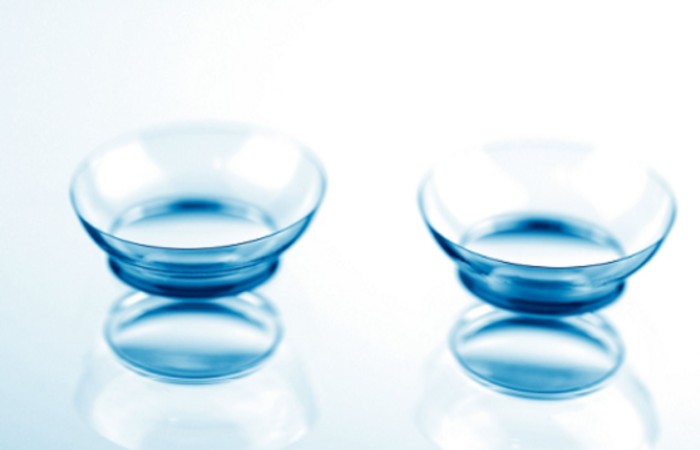
Spherical contact lenses are the primary spherical lenses used to treat a variety of vision problems, including myopia and presbyopia.
Multifocal or Bifocal
People with presbyopia should use bifocal or multifocal contact lenses. It can offer more than one correction, slowly spreading across the entire contact, with the benefits of corrective refraction.
Monovision Lenses
These types are usually recommended for patients with presbyopia.
Aside from these basic types, there are several options for high-tech lenses that come with many innovative features.
Nanowafer Contacts
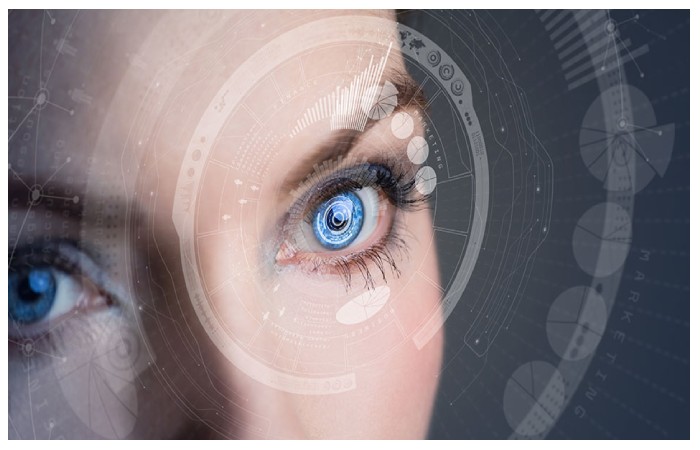
Getting the drug into your eyes can be difficult at times, especially if you need it regularly. Eye reflexes usually destroy most solutions and significantly reduce their effectiveness. The use of eye drops is particularly stressful. This is where nano wafer contact lenses come into play. The purpose is to bring the medicine into the eye.
They gradually dissolve and release tiny amounts of the drug into the eyes. Because they are slow to dissolve, they offer a much more reliable and balanced dosage than regular eye drops.
RGP Lensess
Another popular contact lens, also known as “rigid gas-permeable,” consists of various combinations of silicone acrylate. They usually cover about 2/3 of the cornea. Finally, some lenses use a mix of soft and RPG materials to suit specific occasions.
Telescopic Lensess
This type allows users to make items 2.8 times larger than normal. In addition, the user only has to blink one eye to activate this feature, which essentially enlarges their view as a camera.
Photochromic Lensess
These are intelligent optics that dim in bright light or sunlight. In the absence of bright light, they return to their normal state. If you want to protect your eyes from harmful UV rays or blue light, this option is the best choice for you.
Colored Contacts
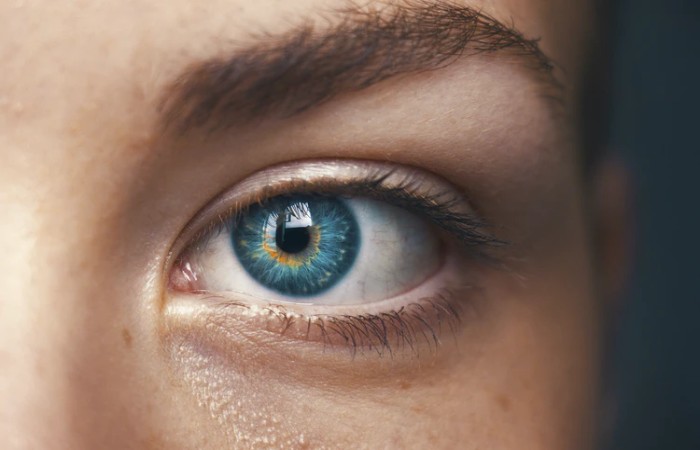
Opaque
The opaque type has a layer of paint around the iris and a semi-transparent center. They are used by people with dark eyes who want to change their appearance. The natural eye color does not show through so that the opaque shade completely hides the primary color.
Enhancers
Enhancers, commonly known as medium tints, are used to enhance the natural color of the eyes. In particular, these it help maintain natural eye color and are often used by people with pale or dull eyes.
Visibility Tinted Contacts
Tinted contact lenses, also called LiteTint or VISITANT, have a very mild tint not to obscure the natural eye color. They are used to make the couple more eye-catching and visible in the lens case.
Toric
Toric contact lenses are ideal for people with astigmatism and can be used for daily use and prolonged wear. What is noteworthy is that they are slightly more expensive than other soft lens options.
Decorative Lenses
Decorative contact lensess, known as cosmetic contact lenses, widely uses by celebrities, fashion artists, and anyone who wants to change the look of their eyes completely. They come in various color options, including blue, gray, purple, walnut, and honey. They use it for special occasions such as Halloween or birthdays to create a personal look, such as vampires, fairies, or other characters.
All of the above types are widely used by people for various purposes. For example, some use them as a medical vision correction device while others buy a pair to look more attractive and attractive. Whatever your preference, be sure to use your steam properly and follow hygiene measures to avoid infection and extend the life of your product.
Also, You can find more helpful resources at Yictic.






